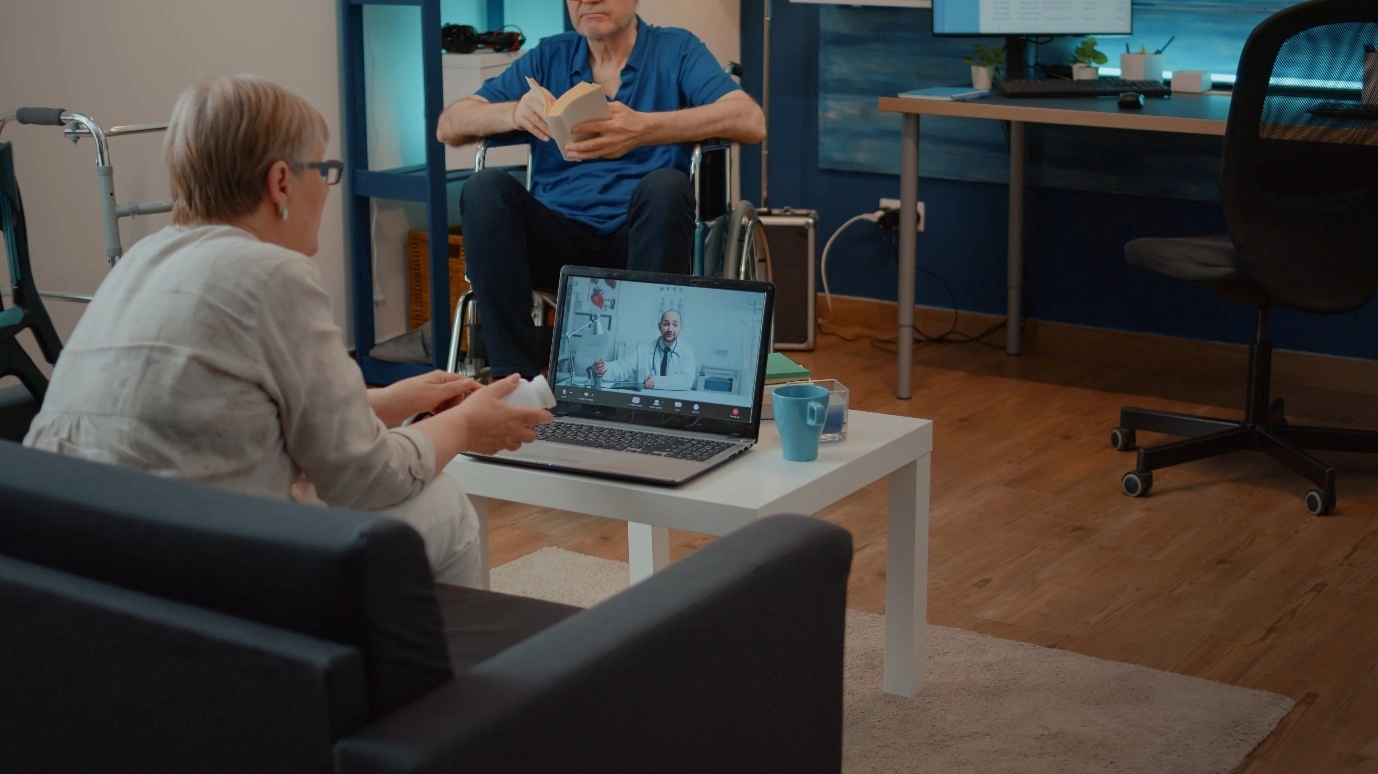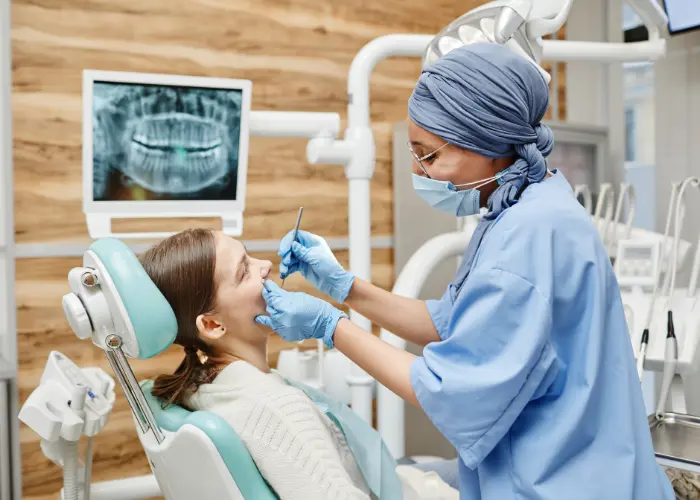The Revolution in Chronic Disease Management: Remote Monitoring’s Impact on Patient Care

In an era where technology continuously reshapes our lives, remote monitoring has emerged as a transformative force in chronic disease management. Imagine a system where patient health is continuously tracked from afar, allowing for real-time data collection and timely interventions. This innovation is not only improving patient outcomes but is also redefining how chronic conditions are managed.
Understanding Remote Monitoring in Chronic Disease Management
Remote monitoring involves using technology to track patients’ health data from a distance. This can include wearable devices, mobile health applications, and remote sensors that collect data on various health metrics such as blood pressure, glucose levels, and heart rate. The collected data is then transmitted to healthcare providers, who can monitor patient health and make informed decisions about their care.
The Impact of Remote Monitoring on Chronic Disease Management
- Real-Time Data Collection: One of the most significant advantages of remote monitoring is the ability to collect real-time health data. This continuous stream of information allows healthcare providers to detect changes in a patient’s condition early, leading to timely interventions and adjustments in treatment plans. For chronic conditions like diabetes or hypertension, this can mean preventing complications and improving overall health management.
- Enhanced Patient Engagement: Remote monitoring empowers patients to take an active role in their health. With access to their own health data, patients can better understand their condition, track their progress, and adhere to treatment plans. This increased engagement can lead to better self-management of chronic diseases and improved outcomes.
- Efficient Use of Healthcare Resources: By monitoring patients remotely, healthcare providers can optimize their time and resources. Routine check-ups and consultations can be conducted via telemedicine, reducing the need for in-person visits and allowing for more efficient use of healthcare services. This not only helps in managing resources better but also reduces the strain on healthcare facilities.
- Personalized Care: Remote monitoring facilitates personalized care by providing detailed insights into each patient’s unique health patterns. This data-driven approach enables healthcare providers to tailor treatment plans to individual needs, leading to more effective management of chronic diseases and improved patient satisfaction.
- Cost Savings: Remote monitoring can lead to significant cost savings for both patients and healthcare systems. By preventing complications and reducing the need for emergency interventions or hospitalizations, remote monitoring can lower overall healthcare costs. Additionally, patients benefit from reduced travel and associated expenses.
Challenges and Considerations
While remote monitoring offers numerous benefits, it also presents challenges that need to be addressed. Data privacy and security are paramount, as sensitive health information is transmitted over digital platforms. Ensuring robust cybersecurity measures and compliance with regulations is crucial to protect patient data.
Another consideration is the need for technological literacy among patients. Not all patients may be comfortable with or have access to the required technology, which could create disparities in care. Healthcare providers must consider these factors and offer support to ensure equitable access to remote monitoring tools.
Conclusion
Remote monitoring is revolutionizing chronic disease management by providing real-time data, enhancing patient engagement, and improving the efficiency of healthcare delivery. As technology continues to advance, the integration of remote monitoring into chronic care will likely become more sophisticated, offering even greater opportunities for personalized and proactive health management. Embracing this technology can lead to better patient outcomes, more efficient use of healthcare resources, and a transformative shift in how chronic diseases are managed in the modern healthcare landscape.
Latest Article
-
 Top 5 Dental Clinics in Aundh: A Comprehensive Guide for Quality Oral CareArticle
Top 5 Dental Clinics in Aundh: A Comprehensive Guide for Quality Oral CareArticle -
 5 Best Hospital Marketing Agencies in India: An Honest Review (2025)Article
5 Best Hospital Marketing Agencies in India: An Honest Review (2025)Article -
 The Function of Pharmacogenomics in Personalizing Drug Treatments for Enhanced EffectivenessArticle
The Function of Pharmacogenomics in Personalizing Drug Treatments for Enhanced EffectivenessArticle -
 The Future of Health Insurance: Personalized, Predictive, and PreventiveArticle
The Future of Health Insurance: Personalized, Predictive, and PreventiveArticle -
 Selecting the Right Ayurvedic Supplement for Your Health NeedsArticle
Selecting the Right Ayurvedic Supplement for Your Health NeedsArticle
